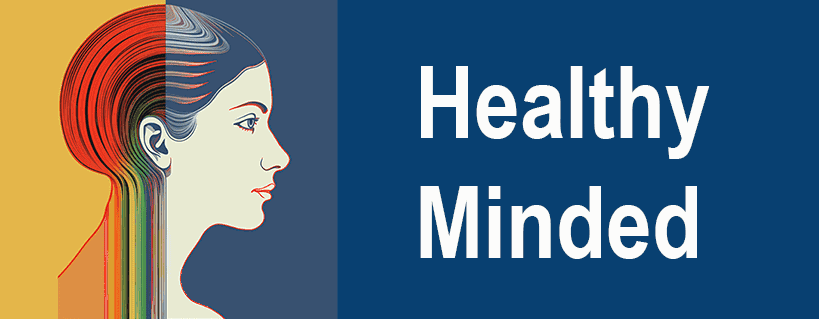Meditation and body scanning – they’re not just buzzwords. They’re powerful tools that can offer substantial relief from physical and psychological distress. In my journey, they transformed two agonizing years into a period of rejuvenation, allowing me to embrace life again.

Chronic Pain (In The Neck)
I had chronic pain from muscle guarding, a process where your body automatically tightens muscles to prevent them from moving too much and getting hurt more. It’s similar to muscle “spasms” which is far more common but happens for a wider array of reasons.
It disrupted every facet of my life and could have been alleviated much earlier with the proper meditation app or guide.
Revelation
Just a few months ago, my improvement began. It was nothing short of miraculous. Imagine shaving off months or even years of chronic pain with meditation. It’s not just a dream; it’s a reality that most people hear nothing about.
No healthcare provider told me that my brain was sending these signals and that I could in fact control those signals in any way, shape, or form!
Granted, my case is uniquely suited for this approach. Body scanning helps ease muscle guarding by teaching you to relax tense muscles consciously. It might be less effective for pains stemming from acute injuries, such as a sprained ankle or a cut.
Those involve damage to bodily tissues that aren’t directly related to ongoing muscle tension or arthritis, which aren’t linked to muscle tension.
Body Scan Technique
In my experience, the process of body scanning meditation for the neck and shoulder involves a few crucial steps. Firstly, I find a quiet and comfortable place where I won’t be disturbed. I sit or stand, whichever feels more comfortable, and take a few deep breaths to center myself.
I then begin to focus on my neck, visualizing each muscle in this area. I consciously try to sense any tension or discomfort present. With each exhale, I imagine releasing this tension, letting it flow out with my breath. This isn’t a rushed process; I spend several minutes here, gently exploring and easing the tightness in each muscle group within my neck.
Next, I shift my attention to my shoulders. I mentally examine each shoulder, acknowledging areas of tightness or strain. As I breathe out, I imagine these muscles relaxing, becoming looser and more at ease. Sometimes, I mentally guide my shoulders to lower and relax away from my ears, a common area where we unknowingly hold stress.
Throughout this meditation, I maintain a non-judgmental attitude. If my mind wanders, I gently bring it back to the sensation in my neck and shoulders. This practice isn’t about forcing relaxation but increasing awareness and allowing relaxation to occur naturally.
By the end of this meditation, I often find a significant reduction in the tension and discomfort in my neck and shoulders. The key is regular practice; the more I do it, the more I can control and ease the chronic pain in these areas.
Popular Treatments and Western Medicine Failed Me
Despite consultations with three physical therapists, two chiropractors, two orthopedic doctors, and a personal trainer specializing in injury recovery, meditation wasn’t mentioned other than in passing. It was sidelined, a trivial suggestion amidst many different courses of action, primarily related to muscle strengthening.
Through three painful milestones, the potential relief via meditation remained an untapped resource, hidden in plain sight.
- 1996: A motorbike accident led to muscle paralysis in my left shoulder.
- December 2019: A severe sprain in my right shoulder due to misaligned shoulders from improper exercise and sports regimen.
- COVID-19 era: Another severe sprain, this time affecting my neck during a stretching routine.
Breaking Free from Skepticism
I was skeptical about alternative medicine, especially given my background as a content strategist working closely with health supplement companies. I’ve seen firsthand the lack of scientific backing in many over-the-counter supplements. But here’s the reality:
- Many supplements need more for scientific research but the funding is lacking. Those selling supplement products may not intend to deceive. The research is just not there to substantiate the efficacy and safety of many supplements.
- I was skeptical of Chinese herbs and other alternative medicine. Without scientific validation, the traditional Western medical approaches won out over them.
- Consumers deserve to know the true potential of alternative approaches to health and wellness.

A Plea for a Paradigm Shift
Who stands to gain from a societal shift towards embracing meditation for pain management? Everyone.
While I greatly respect traditional Western medicine, it often turns a blind eye to alternative perspectives. It’s high time we break free from profitability-driven research and explore the untapped avenues of alternative medicine.
Philanthropists, government, scientific influencers, and health researchers: Turn up the volume on championing research for these underfunded areas.
Big Pharma: Diversify your research portfolio to include more alternative medicine studies. If you can’t do it for pure profit, do it to improve your (lousy) image.
Conclusion
As someone who has walked the painful path, I urge you to explore the transformative power of meditation and body scanning, guided by a reliable app or a seasoned expert. It’s not just a personal testimony; it’s a call for a shift, a plea for research, and an important antidote for individuals grappling with chronic pain, especially involving thoughts and physical parts of the body that we can control with better awareness.
- Fear of Stupidity: Effects and Treatments for Stultophobia - February 16, 2024
- Body Scan Chronicles: Our Publisher Breaks Through Chronic Pain With Meditation - January 23, 2024
- VR Meditation App: A Beginner’s Guide to Virtual Reality Meditation - July 13, 2023

